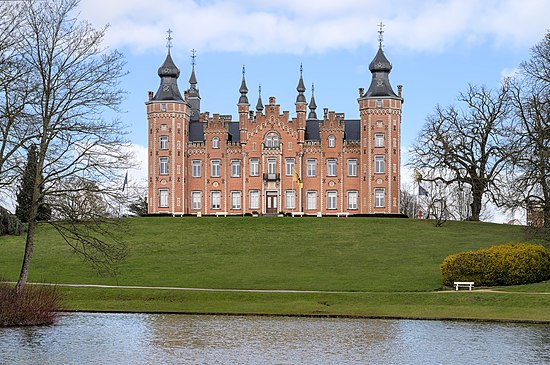Welcome to my user page! |
|
Tell us more about yourself This page is your user page. You are free to change it however and whenever you want. Just remember, it is your face towards the rest of the community and the world. You can always get back here by clicking on your user name at the very top of every page. |
Start editing Every one of Wikipedia's articles has been created by its readers. Click here to learn more about how quickly and easily you can help make Wikipedia better. As we say: Be bold! |
Personalize Wikipedia With your account, you can enhance your reading and editing experience by marking articles to watch as they evolve and adjusting your settings. |
About me

|
| Click here to add an image of yourself (optional). Important information for minors |
Hi edit
I am Rahul Waghamare, from Parbhani.
I am student of COEP, S.Y.COMP ('111003047').
I am taking part in WP:India Education Program. My subjects are Atan2(C) and Localtime for editing wikipedia.
I like playing vollyball,reading books,listening silent music and sleeping also./sandbox
| This user comes from India. |
| This user is an Indian Wikipedian. |
| prog | This user is a programmer. |
| म | मराठी These users can speak Error: unrecognized language tag: म. |
| This user participates in the Wikipedia India Education Program. |
.

